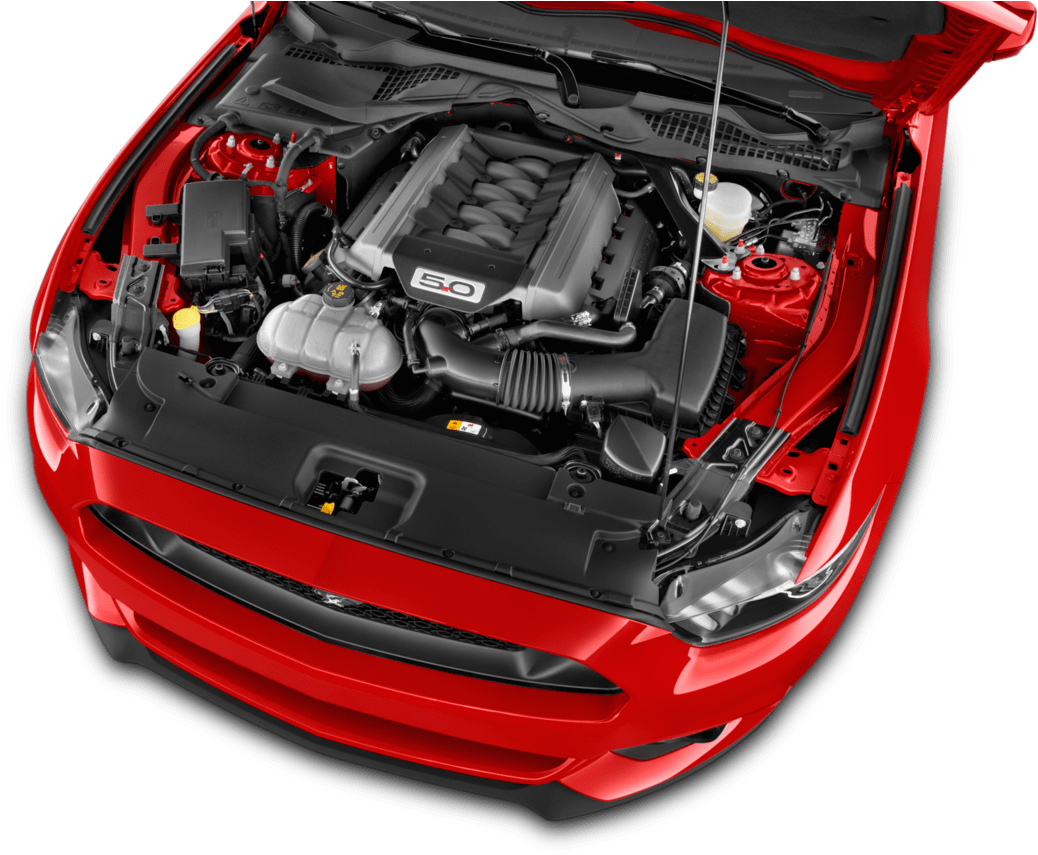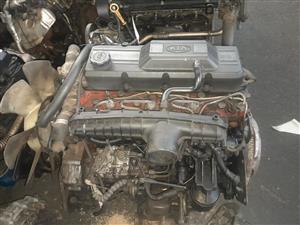Upgrade Your Car with a New Opel Corsa Engine
Upgrade Your Car with a New Opel Corsa Engine
Blog Article
Comprehensive Evaluation of a Subcompact Car's Powertrain Capabilities
In the realm of vehicle engineering, the powertrain of a subcompact vehicle stands as an important nexus where efficiency, efficiency, and development assemble. From the engine's relentless quest of optimal efficiency to the transmission's smooth choreography of power circulation, every element plays an important role in specifying the total driving experience.
Engine Performance Evaluation
In evaluating the engine efficiency of the subcompact vehicle, a detailed analysis discloses its efficiency and power outcome under numerous driving conditions. The subcompact car's engine, a vital element of its powertrain system, demonstrates good performance metrics. The engine's performance is noteworthy, as it optimizes gas usage without jeopardizing power shipment. Under normal driving conditions, the engine runs smoothly, showcasing an equilibrium between efficiency and fuel economic situation.
Furthermore, when subjected to strenuous screening scenarios such as high-speed velocity or uphill climbs up, the engine demonstrates resilience and responsiveness. Its power output stays regular, providing sufficient acceleration when needed. The subcompact cars and truck's engine is customized to fulfill the needs of urban driving, where quick acceleration and active maneuverability are vital.
Moreover, the engine's layout includes modern-day innovations that enhance its performance qualities. Functions like turbocharging or variable valve timing add to enhanced power shipment and torque, improving the general driving experience. In verdict, the engine efficiency of the subcompact cars and truck emphasizes its capacity to deliver reliable and dependable power output across various driving conditions.
Transmission Effectiveness Analysis
Evaluating the subcompact cars and truck's transmission performance includes examining its performance in transferring power perfectly across various driving problems. The effectiveness of a transmission system is critical as it directly impacts the overall efficiency and gas economic climate of the automobile. In examining transmission effectiveness, factors such as equipment ratios, change timing, and the level of smoothness of equipment changes are taken into consideration. A properly designed transmission system must effectively provide power from the engine to the wheels while lessening energy losses.
One common approach utilized to assess transmission efficiency is via dynamometer testing, where the power result from the engine is determined at the input and output shafts of the transmission. By analyzing these elements, engineers can determine areas for enhancement and optimize the transmission system for much better total performance and performance.
Fuel Performance Examination
The evaluation of the subcompact car's fuel performance includes a thorough analysis of its consumption prices under various driving conditions. Gas efficiency is a critical element in analyzing the general efficiency and cost-effectiveness of a car. By gauging the amount of fuel eaten per unit range took a trip, usually shared as miles per gallon (MPG) or liters per 100 kilometers (L/100 km), the performance of the check out here subcompact vehicle's powertrain can be identified.

In addition, advancements in innovation, such as crossbreed systems, regenerative stopping, and automated start-stop systems, have actually significantly improved fuel effectiveness in modern-day subcompact vehicles. Makers proceed to maximize and introduce powertrain parts to boost gas efficiency while meeting performance needs and ecological regulations. Evaluating a subcompact automobile's gas effectiveness supplies useful understandings for consumers seeking sustainable and cost-effective transport services.
Acceleration and Handling Assessment
An important facet of evaluating the performance capabilities of a subcompact vehicle lies in examining its velocity and dealing with qualities. other Acceleration is crucial as it determines just how swiftly the car can reach desired rates, affecting general driving experience and maneuverability in numerous web traffic conditions. opel corsa engine. Subcompact vehicles are typically preferred for their nimbleness and agility, making velocity from dead stop and during surpassing maneuvers crucial variables to take into consideration
When it concerns handling, a subcompact auto's capability to browse corners, maintain security at high speeds, and give a responsive guiding feel are paramount. Tight city streets and winding roadways require specific dealing with to make certain motorist self-confidence and security. Factors such as suspension tuning, weight distribution, and tire grasp play considerable functions in establishing a subcompact auto's total handling expertise.

Powertrain Components Introduction
Upon diving into the complexities of a subcompact car's efficiency, a thorough evaluation of its powertrain elements is necessary to understand the automobile's mechanical underpinnings. The powertrain of a subcompact cars and truck typically contains the engine, transmission, driveshaft, differential, and axles. The engine, commonly a smaller sized variation four-cylinder in a subcompact vehicle, is accountable for creating power by melting fuel and converting the energy into mechanical force. The transmission, whether manual or automated, transfers this power to the wheels with the driveshaft. The differential permits the wheels to revolve at various rates when turning, enhancing maneuverability. The axles transmit power from the differential to the wheels, enabling movement. Comprehending just how these components interact is essential in examining a subcompact cars and truck's total efficiency, effectiveness, and driving dynamics. In the next section, we will delve much deeper right into the certain functions and communications of each powertrain element to supply a detailed introduction of a subcompact automobile's powertrain abilities. navigate to this website
Conclusion
Finally, the subcompact cars and truck's powertrain abilities have been completely evaluated in regards to engine performance, transmission performance, fuel handling, performance, and acceleration. The thorough review highlights the significance of each component interacting effortlessly to deliver ideal efficiency. In general, the powertrain parts of the subcompact vehicle have actually been found to be well-balanced and effective, making it a reliable option for vehicle drivers seeking a small and fuel-efficient automobile.
In the realm of vehicle design, the powertrain of a subcompact vehicle stands as a crucial nexus where efficiency, technology, and efficiency merge.In evaluating the engine performance of the subcompact vehicle, a thorough evaluation discloses its efficiency and power output under various driving conditions.Evaluating the subcompact cars and truck's transmission effectiveness includes assessing its efficiency in sending power flawlessly throughout numerous driving problems. Comprehending just how these elements function together is vital in analyzing a subcompact auto's total performance, efficiency, and driving dynamics.In verdict, the subcompact auto's powertrain capacities have actually been completely evaluated in terms of engine efficiency, transmission performance, gas velocity, effectiveness, and handling.
Report this page